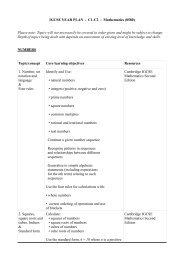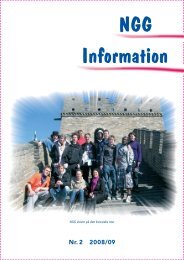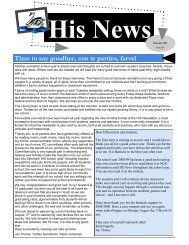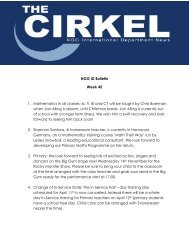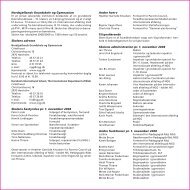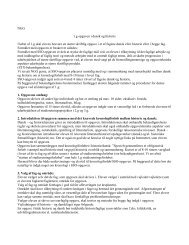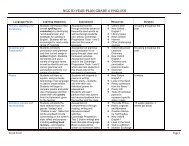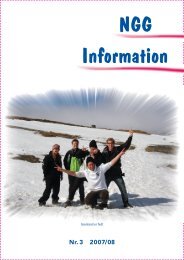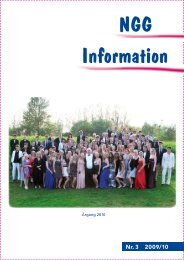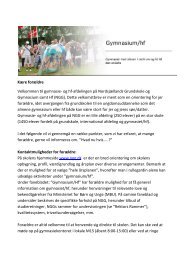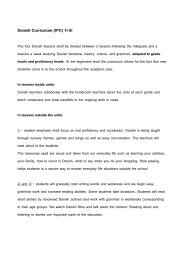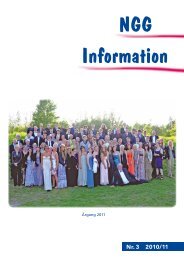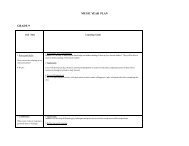IGCSE Physics
IGCSE Physics
IGCSE Physics
- No tags were found...
Create successful ePaper yourself
Turn your PDF publications into a flip-book with our unique Google optimized e-Paper software.
Syllabus content6. Syllabus contentAll candidates should be taught the Core syllabus content. Candidates who are only taught the Coresyllabus content can achieve a maximum grade C. Candidates aiming for grades A* to C should be taughtthe Extended syllabus content. The Extended syllabus content includes both the Core and the Supplementsyllabus content.Throughout the course, teachers should aim to show the relevance of concepts to the candidates’ everydaylife and current technology. To encourage this approach and to allow teachers to use flexible programsto meet the course’s general aims, we have limited the specified content of the syllabus. The followingmaterial should therefore be regarded as an exam syllabus rather than a teaching syllabus.1. General physics1.1 Length and timeCore• Use and describe the use of rules and measuringcylinders to calculate a length or a volume• Use and describe the use of clocks and devices formeasuring an interval of time1.2 Speed, velocity and accelerationCore• Define speed and calculate speed fromtotal distancetotal time• Plot and interpret a speed/time graph or a distance/time graph• Recognise from the shape of a speed/time graphwhen a body is– at rest– moving with constant speed– moving with changing speed• Calculate the area under a speed/time graph to workout the distance travelled for motion with constantacceleration• Demonstrate some understanding that accelerationis related to changing speed• State that the acceleration of free fall for a body nearto the Earth is constantSupplement• Use and describe the use of a mechanicalmethod for the measurement of a smalldistance (including use of a micrometerscrew gauge)• Measure and describe how to measure ashort interval of time (including the periodof a pendulum)Supplement• Distinguish between speed and velocity• Recognise linear motion for which theacceleration is constant and calculate theacceleration• Recognise motion for which theacceleration is not constant• Describe qualitatively the motion of bodiesfalling in a uniform gravitational field withand without air resistance (includingreference to terminal velocity)Cambridge <strong>IGCSE</strong> <strong>Physics</strong> 0625. Syllabus for examination in 2015.17



